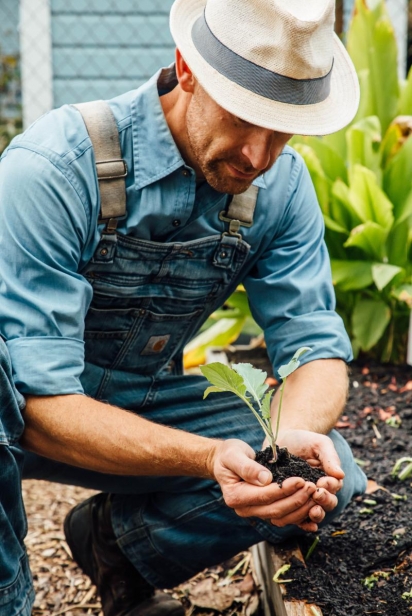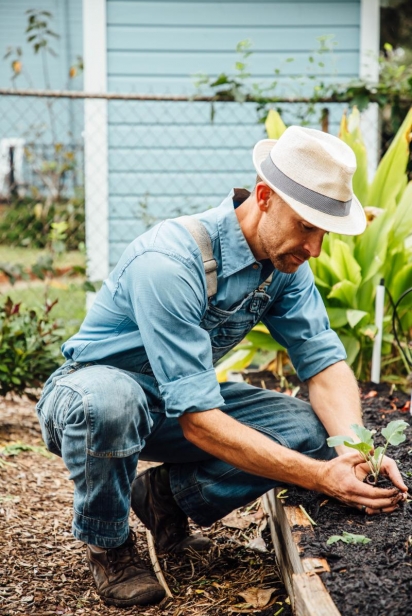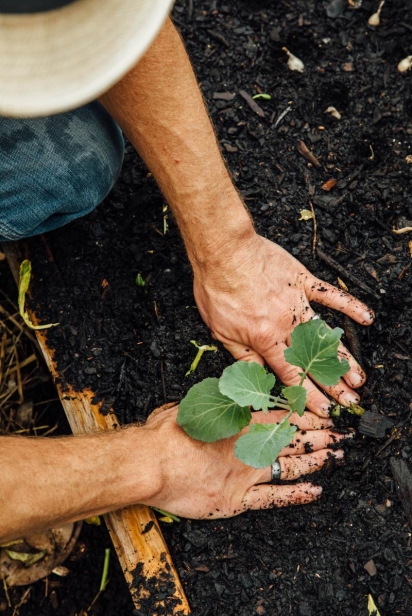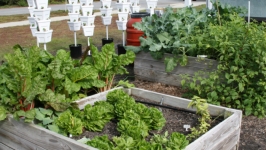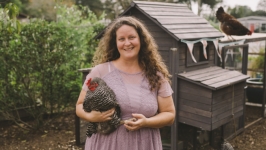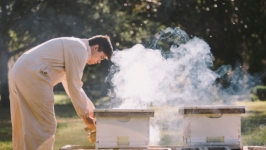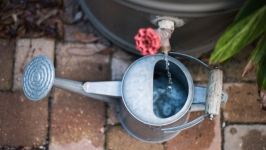Home Gardening for the Future: What’s Old is New Again
You may have heard about the movement to grow food, not lawns, which seeks to empower us to plant our own gardens to feed our households. How ideal would it be to live in a world where we have freshly grown produce and herbs at our fingertips without having to go to the supermarket? It would be great to live next door to your farmer, too!
That's exactly the utopia Man in Overalls founder Nathan Ballentine has worked to create for the Springfield neighborhood in Jacksonville. Ballentine has built a business empowering and helping people grow their own food. From that experience he has launched a project to create what he calls a "viable community-based agriculture system” built “by neighbors, for neighbors.”
As a farmer, he ran into similar issues that plague many small-scale, local farms, such as labor costs, waste and uncertain market days. He thought about ways he could remove those hurdles and landed on a new concept that’s taken root within Springfield. The idea is deceptively simple. It’s community-supported agriculture (commonly called the CSA model) on a micro level. Ballentine and his crew build the garden, plant the seeds, weed the beds and cultivate the produce. As a subscriber, all you have to do is harvest what you need at any given time.
This service-based neighborhood farming model provides access to homegrown food without the commitment of individual time, energy and knowledge of tending to a garden full-time. Dubbed by Ballentine as a "neighborhood farm," you must be a resident of the community to join. Ballentine has observed that the closer a person is to the farm, the more likely they are to use it daily.
The original and smallest neighborhood farm is in Ballentine's own backyard and supports about 35 families today. It was an iterative process to determine how many families the original 1/9 of an acre could feed; the project launched with five families, expanding each season as it became clear the yield could support more people. Now that Ballentine has expanded to a second farm within Springfield, the results are undeniable. “We’ve seen this community agriculture method increase the effect of our gardening model by five times," he says.
Each farm grows about 20 different crops at a time with an aim to offer "a lot of different things to appeal to different household taste preferences." Ballentine says “the focus is on leafy greens" and produce that is "high-dollar value at the grocery store." A laminated sign in a garden patch alerts subscribers when a crop is ready to be harvested and includes information about the plant, how to harvest so it can continue to produce (for example, with kale, harvest individual leaves, don't pull from the root) and a recipe recommendation.
A visit to the farm may find members picking fresh herbs for an evening meal or collecting greens for their daily salad, neighbors meeting neighbors who are invested in the same ideas about local food. The farm has a built-in community space with picnic tables amongst the raised beds available for group events.
Everyone in the family can participate, allowing for opportunities to engage with the source of their food and perhaps expand their palates. Parents observe that kids eat peppers straight off the vine when they once wouldn't have dreamed of taking a bite. Ballentine said he knew he made it when he overheard a wandering pack of neighborhood kids saying, "let's go pick something!" as they slipped onto the farm.
While Springfield residents are the first to have access to a neighborhood farm, other areas are in the works, with the waitlist getting longer. Ballentine has been in conversations with JEA and the Jacksonville Department of Parks, Recreation and Community Services to develop satellite neighborhood farms, possibly around Mayport Road near Atlantic Beach, in Arlington or in Murray Hill. His ultimate vision? “To build quality of life for members and shift the consumption of the community,” says Ballentine.
Learn more about Nathan's project and services here.




